For years, buying a mountain bike was simple. The frames were metal, the suspension was in the front (if at all), and the wheels were 26″. Then, along with amazing changes in the materials, suspension technology and components, a new wheel size was introduced. Measuring 29″, this new beast was coined “the 29er.”
This larger wheel provided more efficiency, better traction and a smoother ride, but at the cost of increased weight and compromised handling. And now, as if this wasn’t complicated enough, another wheel size has been introduced and widely adopted by all of the major brands. The 27.5″ wheel, aka the 650B.
I’ve had the good fortune to ride 26″ and 29″ wheeled bikes extensively, and a recent trip to the Chilcotin Mountains of B.C. gave me and a crew of friends the perfect opportunity to put a fleet of 27.5″ bikes to the test and see if the mountain bike holy grail of wheel size has finally been found.
27.5″ versus 26″ Wheels
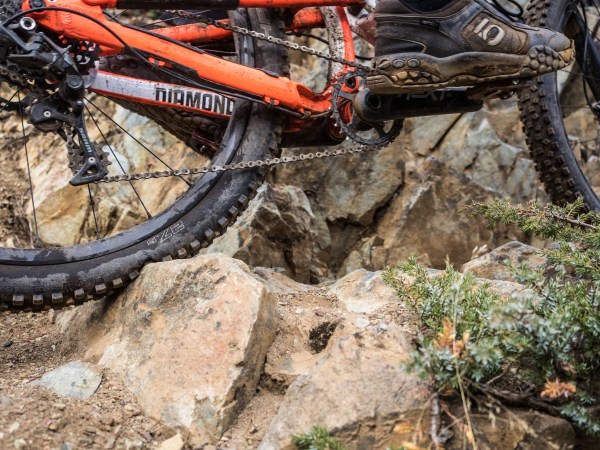
A larger wheel rolls over obstacles more easily than a smaller wheel due to what’s referred to as a decreased “angle of attack.” On a mountain bike, this translates into a smoother ride, uphill or down.
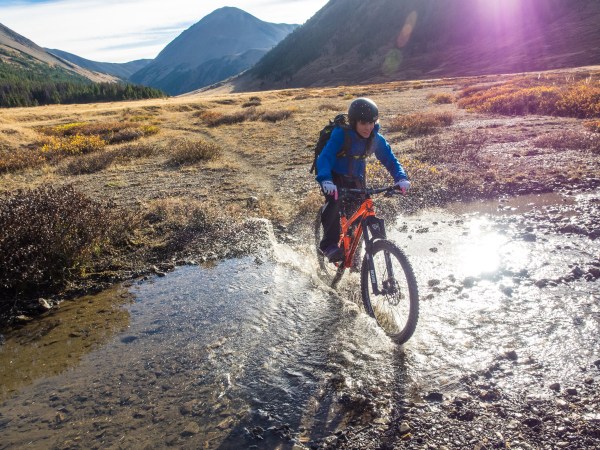
Larger wheels hold more speed than smaller wheels due to rotational inertia, making the 27.5″ a faster ride than a conventional 26″ wheel. Once you get moving, it’s easier to stay moving.

A larger wheel provides better traction due to a larger contact patch, or more simply, the larger wheel means more rubber is touching the ground. This is a huge advantage for maintaining grip on rugged trails.
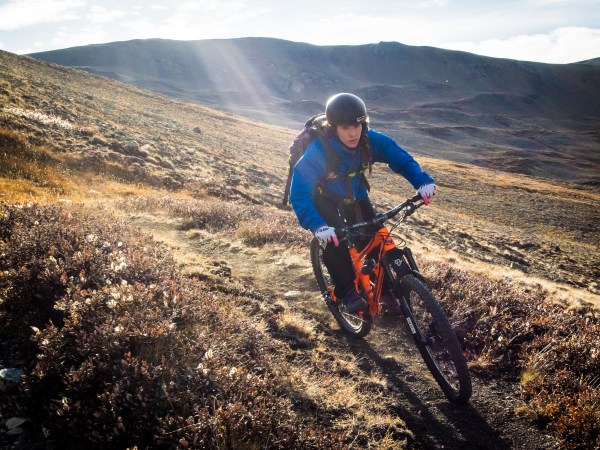
Larger-wheeled bikes are more stable than smaller-wheeled bikes due to the longer wheelbase and the position of the cranks relative to the axles.
27.5″ versus 29″ Wheels
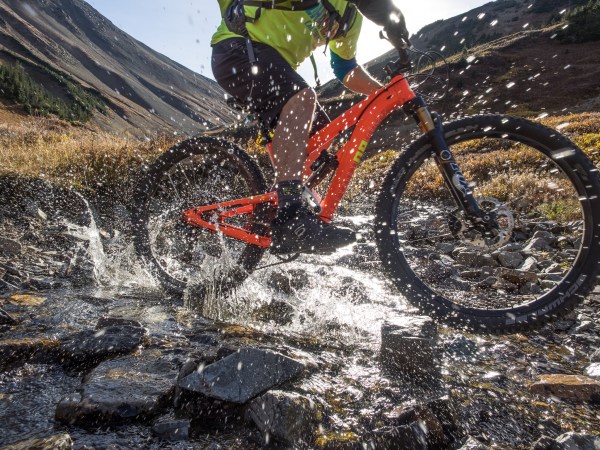
The primary complaint about 29″ bikes is that they don’t handle well. The 27.5″ wheel size allows bike designs that are far more playful and dynamic to ride.
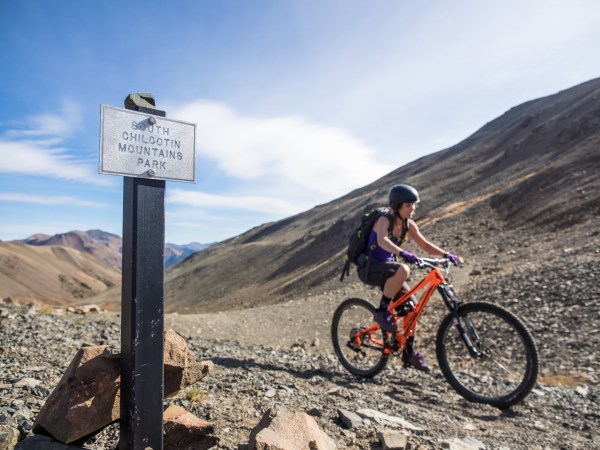
Smaller riders have had a hard time finding 29ers that fit well. The 27.5″ size doesn’t require nearly as drastic a change from the geometry of 26″ bikes, meaning that there are a lot of great 27.5″ options for smaller riders.
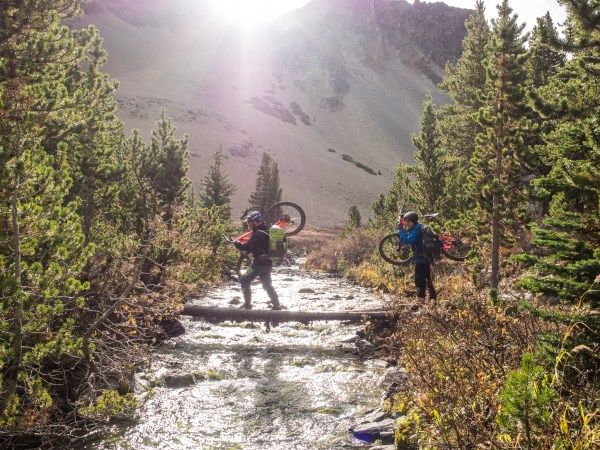
On a mountain bike, weight is the enemy. A 29″ bike is heavy compared to a 26″ bike. The 27.5″ platform offers up to 2 pounds of overall weight savings over the 29er.

Frame stiffness translates into better acceleration, cornering and overall handling. A 29″ bike is significantly more flexible due to the elongation of the frame and flex inherent in the larger wheel size. A 27.5″ bike brings back a lot of the snappy feel of the 26″ system, while still maintaining the benefits that come with a larger wheel.
Conclusion
In recent years, I’ve experienced rides where my good times on a 26″ bike were tempered by the fact that riders were constantly pulling away from me on 29ers despite my best efforts to keep up. I’ve also experienced rides where my efficient pedaling on a 29er was offset by the feeling that I can only compare to trying to take my mom’s ’70s road bike off of the jump I built in the front yard.
And my experiences on a 27.5″? Pure bliss. Climb like a mountain goat, cruise like a racing yacht and descend like a banshee. The 26″ and 29″ wheels still have their place, but for my money, at 27.5″ my next bike will be not too big, not too small. It’ll be just right.
